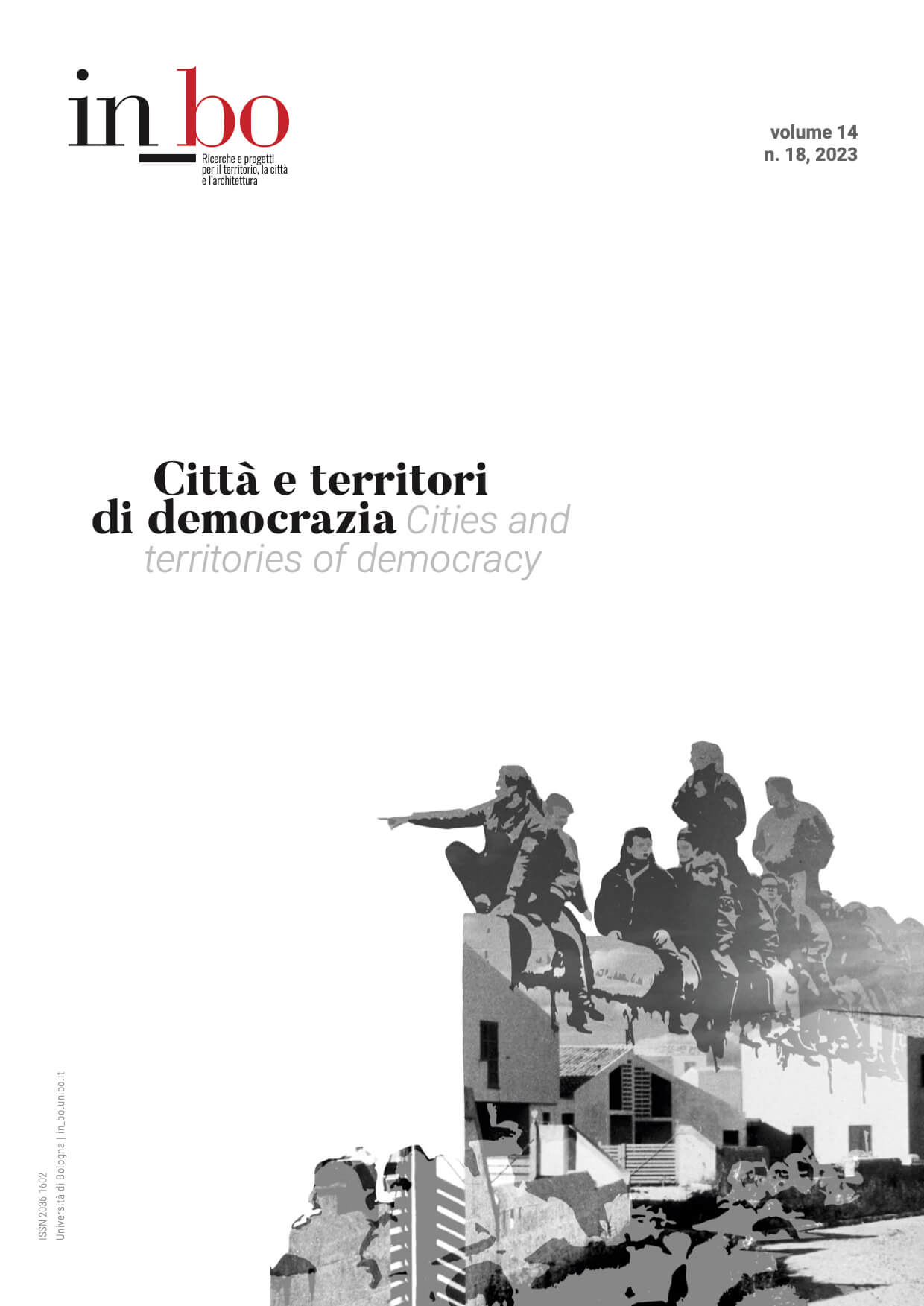Police de l’esthétique. Self-government and Control of Transformations on the Built Heritage in Saint-Macaire
DOI:
https://doi.org/10.6092/issn.2036-1602/14924Keywords:
urban planning, self-government, historic city, public housing, heritageAbstract
The fifty-year experience of reflections, restorations and projects on an architectural, urban and socio-economic scale promoted in the town of Saint-Macaire, on the Garonne near Bordeaux – an experience defined by Françoise Choay as a “manifesto of optimism regarding the survival of our building competence” –, constitutes a case of popular re-appropriation of the historic city, that has the merit of continuity to the present day. From the restoration site of the Benedictine cloister – the prieuré –, wanted and managed by the city’s young people from 1967 onwards, they moved on to the municipal power, soon reaching it. The dense cultural and associative activity promoted by this position led to forms of social self-organisation that produced an experience of substantial planning from below: in more than three decades of municipal government, it was possible to integrate collective facilities located in historical monuments, public housing in Renaissance buildings, re-appropriation of craftsmanship, new and old inhabitants into the historical city.
The essay reconstructs the phases of this experience of collective management of urban transformations and addresses, through Macarian examples, the theme of the permanent quest for domination by those with cultural power at the expense of those without, particularly on the subject of the control of urban and architectural aesthetics.
Downloads
Published
How to Cite
Issue
Section
License
Copyright (c) 2023 Daniele Vannetiello

This work is licensed under a Creative Commons Attribution-NonCommercial 3.0 Unported License.





